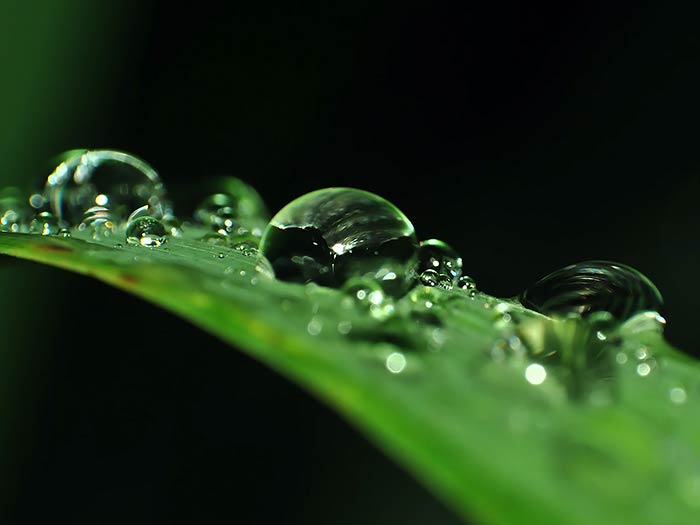The importance of excited oxygenstates
Oxygen in our habitat is in a state in which it cannot form compounds with other chemical elements (O₂ in triplet state). This means that reactions between oxygen and other elements do not occur suddenly and uncontrollably. Only under this condition is life of plants, animals and humans possible. At high altitudes, reactive states of oxygen exist that destroy cell membranes on direct contact. Thus, in the stratosphere, approximately between 15 to 50 km altitude, exists the ozonosphere and above that the ionosphere with the very reactive oxygen forms ozone and ionized oxygen. Ozone (O₃) is not formed in the healthy human body. Ionized oxygen (free radicals/superoxide radical anion, O₂–) is formed in metabolism within the cells. It must be “detoxified” by special enzymes (e.g., SOD, superoxide dismutase) to avoid damaging membranes and DNA.
Formation of oxidative stress
When oxygen is present in reactive states in the air and encounters plants, animals or humans, it immediately reacts on their surfaces. To a certain extent, an organism can compensate for the stresses exerted on it by excited oxygen states from outside. If the ability of a living being to intercept the attacks of reactive oxygen is exhausted, spontaneous reactions/chain reactions occur. Inside the human being, this creates the problem of the effect of so-called radicals or radical chain reactions or so-called oxidative stress.

What are radicals?
Radicals are continuously formed in organisms. This is what makes certain chemical reactions possible in the first place. However, the excessive formation of radicals leads to functional disorders and even diseases. Premature signs of aging are also attributed to the excessive formation of radicals. Another form of activated oxygen is formed in the body: Oxygen in the singlet state. In this state, oxygen is membrane-permeable (discovered in the 1930s by Hans Kautsky 1891-1966) and is also present in the H₂O- molecule (water molecule) at the end of its transport from the air to the mitochondria within our cells.
Oxygen from the air is used by most living beings, including humans, to generate energy in the organs or their cells. In order for it to be used for this purpose in the cells, it must be transformed from an unreactive state into a reactive state directly at the site of energy generation. This regulatory ability of the cells to activate the oxygen in the right intensity, at the right moment and at the right place is a prerequisite for healthy life. If this regulatory ability is impaired, dysfunctions arise up to the development of diseases.

Functions of oxygen
Oxygen fulfills two elementary prerequisites for healthy life: On the one hand, it is unreactive in the air, does not form compounds with other elements or molecules – on the other hand, it can be stimulated in our cells in such a way that it can form the compounds that cause the generation of energy for healthy life. The ability to regulate the use of oxygen, i.e. to activate and inactivate it in the right measure, decreases in the course of human life. However, this regulatory capacity is particularly stressed and more or less overloaded by civilizing conditions, such as lack of exercise and stress, but also by the excess of synthetic chemicals in food, textiles, pollutants in indoor air, the exhaust-polluted air in urban centers.
The thunderstorm effect
What we humans perceive as refreshing and invigorating in “fresh air”, especially after a thundershower, for example, is not, as is often assumed, an ozone or ionized oxygen component of the air, but the energy taken over by water molecules from the inactivation of excited oxygen states. The excited oxygen states themselves lead to cell stress, as described above. The energy transferred by them to water molecules stimulates the body to regulate oxygen utilization.
Model Nature
Following the example of nature, the technology in the AirLight devices is constructed. The oxygen content of the air flowing through a device is activated as in nature (singlet oxygen state) and immediately inactivated again by the air humidity. Air then flows out of the device, in which water molecules transport the energy from the oxygen inactivation. When using our devices in rooms, we can feel the natural revitalization and regeneration, just as we experience it in intact nature.
